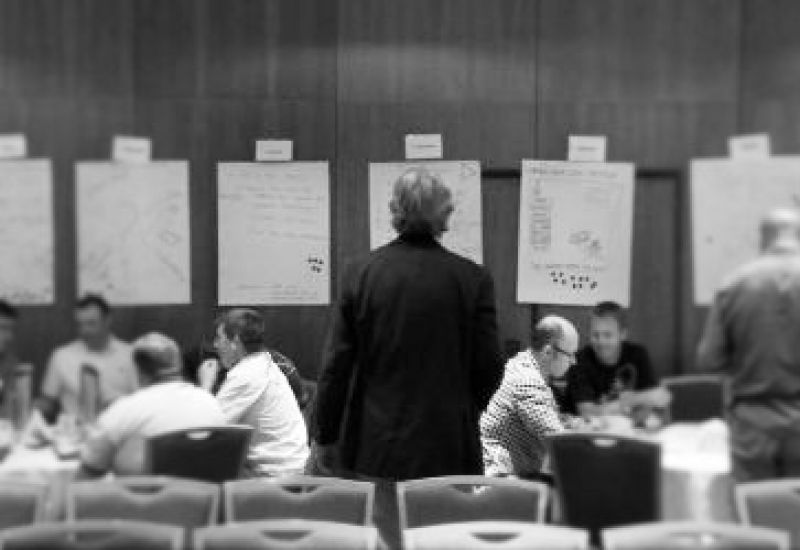Seven Steps to Progress Workplace Change through Design Empathy

Workplace change will progress more effectively when people are involved in the process.
Planning, briefing and design of a new workplace is the best, clearest and least threatening way to do this. The physical workplace is generally the only real manifestation of workplace change impacting the enitre organisation, so why not take the steps to make the process as effective as possible?
We call it Design Empathy. Read on for seven steps to take to help include people in the process.
Workplace change will progress more effectively when people are involved in the process.
Planning, briefing and design of a new workplace is the best, clearest and least threatening way to do this. The physical workplace is generally the only real manifestation of workplace change impacting the entire organisation. so why not take the steps to make the process as effective as possible?
We call it Design Empathy. The process is powerful, simple and measurable and brings people into the process. It saves time and money while reducing risk and accelerating productivity. How much Design Empathy is required depends on the extent and nature of the change. With the new trend of Alternative Workplace Strategies and Activity Based Working, workplace change is often extensive as it has changed when, where and how people work, interact and collaborate - it has an impact on everything! To help accelerate the change process we have developed seven steps to achieve Design Empathy, and help include people in the process:
- Share the vision: Faciliate a workshop session with senior management to define a clear new vision, and identify how the workplace can support it.
- Communicate the vision and explore the possibilities: Focus group idea generation lead by key €˜influencers€™ dealing with key opportunities including: workspace, operations, brand, technology, people and culture.
- Consolidate the best ideas: Facilitate a successive 2 hour lateral thinking session with senior management to screen ideas and agree on a preferred scenario.
- Pilot/Prototype the new workplace strategy: This can be done as a virtual model, or a small pilot test site.
- Communicate the pilot/prototype and test the results: Convene a range of communication initiatives to communicate the proposed change and seek feedback.
- Refine the workplace strategy for implementation: Use constructive feedback from the users to guide improvement.
- Reward and recognition: Make sure the people who lead the change and contribute ideas are recognised and rewarded.
 <
<


